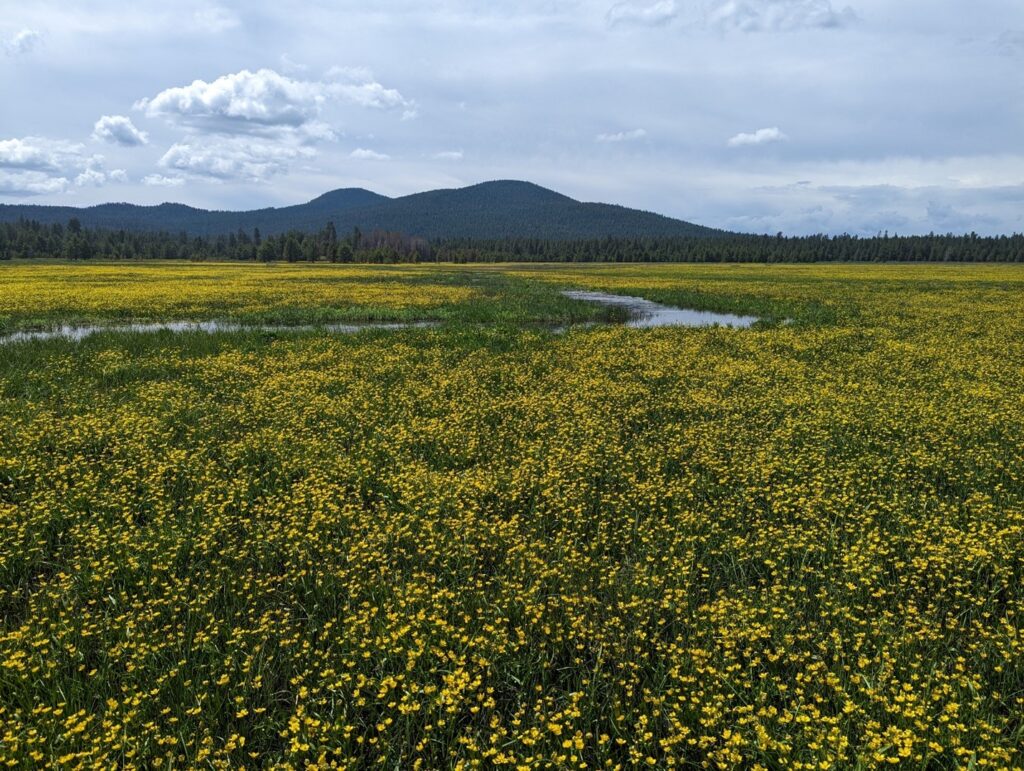Missing the point (source): A pollution case in Hawai’i threatens to upend the Clean Water Act nationwide
If the Court rules in favor of Maui County, it would open what a bipartisan group of former EPA administrators describe as an “enormous loophole” in the Clean Water Act.
By
Christopher Williams |
November 6, 2019
Today
the Supreme Court heard arguments in the case of County
of Maui v. Hawai’i Wildlife Fund, a case that could fundamentally change how
the Clean Water Act (CWA) has been implemented for decades. At issue is whether the CWA has jurisdiction
over pollution that discharges from a point source and takes an “indirect”
route to a navigable water. Maui County
operates a wastewater treatment plant that discharges millions of gallons of
treated sewage into groundwater beneath the facility, which then seeps into the
Pacific Ocean. No one is contesting the
fact that the treated sewage is coming from the plant and is visibly damaging a
nearby coral reef. Rather, the County is
making the legally dubious and, as a practical matter, non-sensical argument that
the plant is not directly discharging
from a point source into a navigable water – the treated sewage is travelling
through groundwater first – and therefore does not require a Clean Water Act
permit.
The
plain language of the CWA prohibits “any addition of any pollutant
to navigable waters from any point source” without regard to whether it is direct or
“indirect.” The Hawai’i District Court
and 9th Circuit Court agreed with Hawai’i Wildlife Fund that the
plant’s injection wells are a point source that sent pollutants to the
definitely navigable Pacific Ocean in violation of the CWA. The argument that the CWA does not apply
because the pollutants were transported from the point source by groundwater to
the ocean was condemned by the district court as “mak[ing] a mockery” of
the Clean Water Act by essentially allowing groundwater to be used as unregulated
“open sewers” for moving pollution to rivers, streams and oceans.
Nevertheless, the Supreme Court took up the case and the
Trump administration, reversing the EPA’s long-held position, filed a brief
supporting Maui County’s cramped interpretation of the CWA – another assault in
the Trump administration’s continuing war on the Clean Water Act. If the Court rules in favor of Maui County, it
would open what a bipartisan group of former EPA administrators describe as an
“enormous loophole” in the CWA, allowing polluters across the country to bypass
the Act by directing point sources into groundwater or simply dumping waste on
the ground and allowing it to seep into nearby streams(!) This is an absurd result, of course, but a
terrifying one; hopefully the Supreme Court will agree and prevent this
loophole from ever opening. If not,
champions for clean water everywhere will have yet another fight on our hands.




